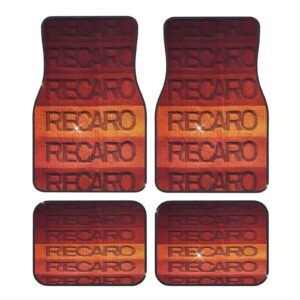Your cart is currently empty!
Tag: Germany
-
Japanese Automakers in Crisis – State of Exports
State of Exports State of Exports Japan exported $32 billion worth of auto parts to the U.S. in 2024, accounting for 18% of total U.S. imports in this category. However, the introduction of a 25% tariff on automotive imports has disrupted supply chains, increased costs, and reduced competitiveness for Japanese exporters. Key Points from Relevant…










